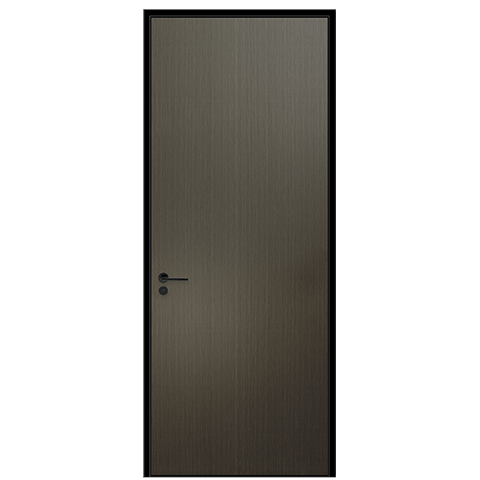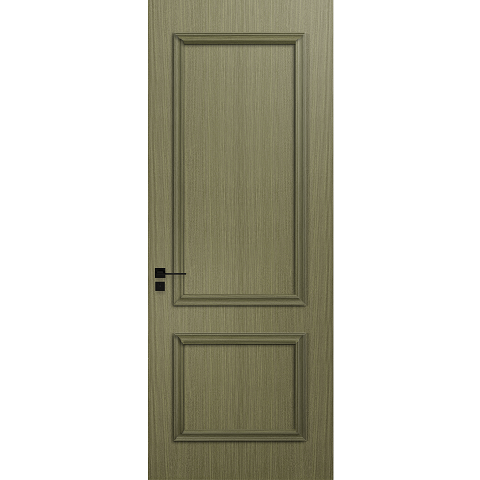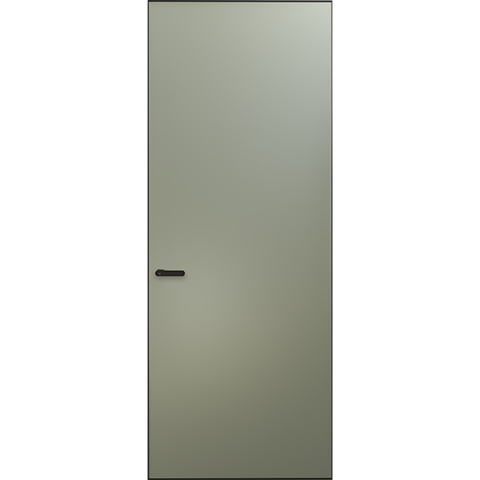what is meant by uPVC windows?
For plastic windows, the term in Chinese and European standard texts is UPVC Window, commonly referred to as Vinyl Window in North America.
UPVC= Unplasticized Polyvinyl Chloride, that is, unplasticized polyvinyl chloride.
What is unplasticized?
Unplasticized means that no plasticizers (also called plasticizers) have been added. This macromolecular material additive widely used in industry can enhance the flexibility of plastics and make it easy to process. The amount of plasticizer is divided into hard, semi-hard and soft from less to more.
UPVC is unplasticized polyvinyl chloride, which is a kind of rigidity. The amount of plasticizer less than 15 parts is generally considered as rigid. About 15-25 parts are semi-rigid RS-PVC. More than 25 parts are soft SPVC (Soft-PVC).
Before we start exploring UPVC Window, let's take a look at the raw materials that make up the main material of uPVC window. Profiles include PVC resin and various processing aids.
PVC resin
PVC resin is a derivative of the petrochemical industry. Ethylene produced in petroleum refining and chlorine extracted from salt are chemically synthesized.
PVC resin is one of the most widely used synthetic materials in the world. It has very good toughness, ductility, easy shaping and strong processability, and can be recycled and reused.
Due to the many advantages of processing and application, PVC is superior to other organic materials, and it can replace non-uPVC materials such as metals in many fields.
The research and development of uPVC began in the early 19th century, and extensive research on basic topics was carried out around 1910; in the 1930s, the first uPVC products of various countries were born in Germany, the United States and the United Kingdom; in the 1950s after World War II, PVC It has become popular and has been widely used in different industries.
Building materials - typically such as uPVC doors and windows and pipes, currently consume about 1.6 million tons of PVC resin in Europe every year for the production of uPVC window and door profiles. uPVC doors and windows are safe and can be installed in sensitive environments such as hospitals, nurseries, and schools.
Processing aids - heat stabilizers
PVC resin is a thermoplastic material. uPVC doors and windows can be used for more than 30 years. During this long period of use, they are constantly exposed to light and heat conduction. PVC is easily decomposed, releasing hydrogen chloride and causing discoloration of the profile. So stabilizers are very important.
Usually, an appropriate amount of heat stabilizer is added to the raw material ratio of door and window profiles. The types of stabilizers include calcium zinc stabilizer, organic tin stabilizer and lead salt stabilizer.
Calcium-zinc stabilizer is currently the standard configuration in the European market. In 2010, European companies producing profiles voluntarily organized an alliance of green formulations and voluntarily promoted green formulations to guide the market. This formula has higher technical requirements, and its extrusion operation space and the window for debugging various parameters are smaller. The rising cost is obvious.
North America is dominated by organotin stabilizers.
Some high-end brands in the Chinese market will use calcium and zinc stabilizers, and some manufacturers will use organic tin stabilizers, and there are still many that make lead salt systems.
Processing Aid - Impact Resistant
PVC itself is a brittle material, and the impact strength is improved by adding impact resistance agents. Usually, the processing environment of uPVC doors and windows needs to be no less than 17 degrees, and the installation environment temperature is no less than 5 degrees.
Processing Aids - Colorants
The installed windows are exposed to sunlight, and the ultraviolet rays and solar energy in the spectrum will make the profiles discolored and deformed by heat. The addition of titanium dioxide can improve the heat resistance and weather resistance of the profiles.
The appearance color of uPVC doors and windows is now more and more, but the stability of the color profile and the deformation after heat absorption, and the cracking of the welding angle are also increasing. The white profile has better stability, less heat absorption, and the price is also dominant, uPVC doors and windows should be mainly white.
For color windows, we recommend laminating process, using window film with less heat absorption, this type of cold film will absorb less energy and reduce the heat absorption on the surface of the profile.
- Properties of UPVC resin
- High mechanical stability and high hardness
- Strong toughness
- Shock proof
- good wear resistance
- Flame retardant, self-extinguishing away from fire
- Alkali and acid resistance
- Strong weather resistance
- Weldable
- Harmless to human body and environment
- low thermal conductivity
All friends who are interested in Baydee uPVC door and window products are welcome to learn about our products. We will continue to provide product promotion and introduction of uPVC doors and windows and the popularization of basic technical knowledge. We also warmly welcome all kinds of doors and windows. Discuss and jointly promote the continuous technological upgrading and quality improvement of the door and window industry!
 Hot Recommendation
Hot Recommendation
 Latest Products
Latest Products



